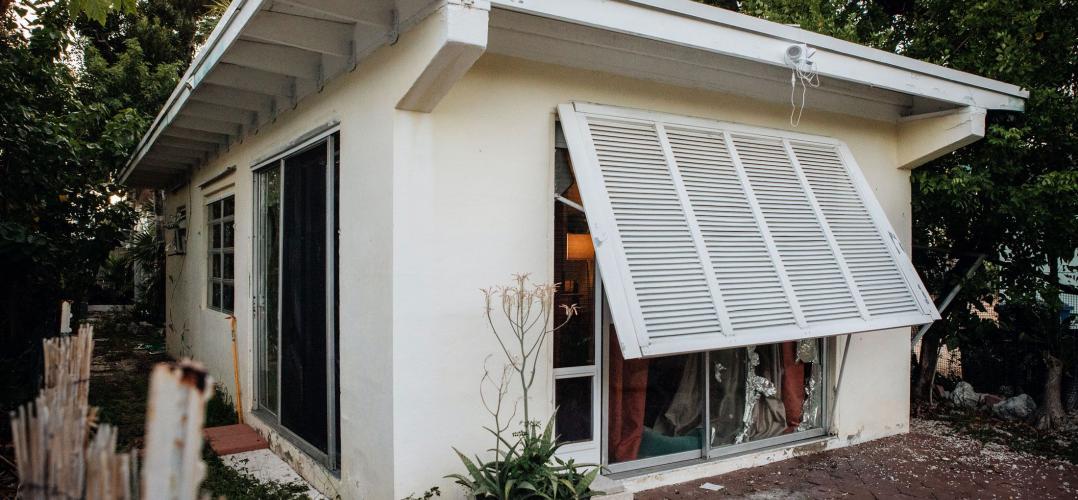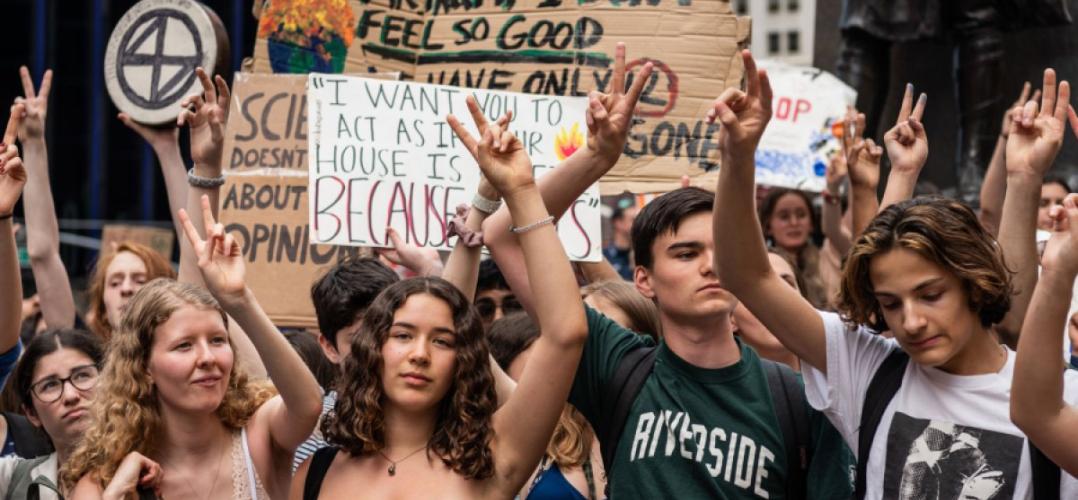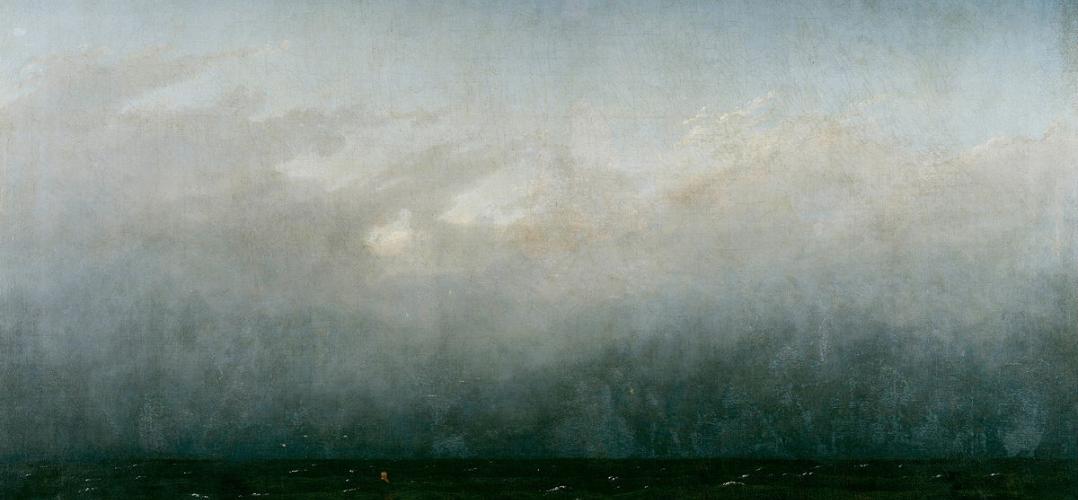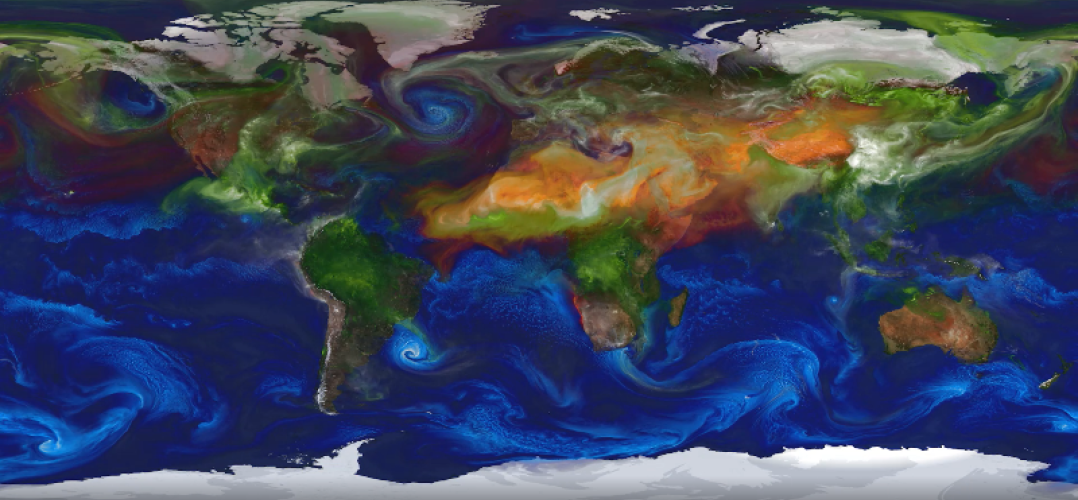Join our mailing list and receive invitations to our events and updates on our research in your inbox.
News + Events

America's Great Climate Exodus is Starting in the Florida Keys
“The scale of this is almost unfathomable. If we take the climate science seriously," said Billy Fleming, the Wilks Family Director of the Ian McHarg Center at the University of Pennsylvania. "We’re down to the last 10-12 years to mobilize the full force of the government and move on managed retreat.”

The Climate Crisis and the Case for Hope
City planners are using the ideas of the Green New Deal to think differently about urban infrastructure (last week a “Designing the Green New Deal” conference at the University of Pennsylvania attracted more than 2,000 attendees). On college campuses, the Green New Deal has gone viral, transforming depressing lectures about the climate crisis into inspiring debates about race, power, and environmental justice.

We Are Designing the Earth, Whether You Like It or Not
Now, while the scientists are working on their empirical models, the question in the arts is not so much how the Anthropogenic Earth works but what the Anthropogenic Earth means. To wit, just look at the plethora of recent books that use the word Anthropocene in their titles. Notably, almost all are dramatic and apocalyptic. Indeed, thoughout the humanities, there is evidently outright panic about the advent of the Anthropocene. And rightly so, because the old idea of nature as something stable and inviolable, history’s backdrop, has literally just evaporated into the carbon-saturated atmosphere of our own making.

A Green New Deal by Design
In the midst of our climate crisis, it's time to talk about how and where we live.